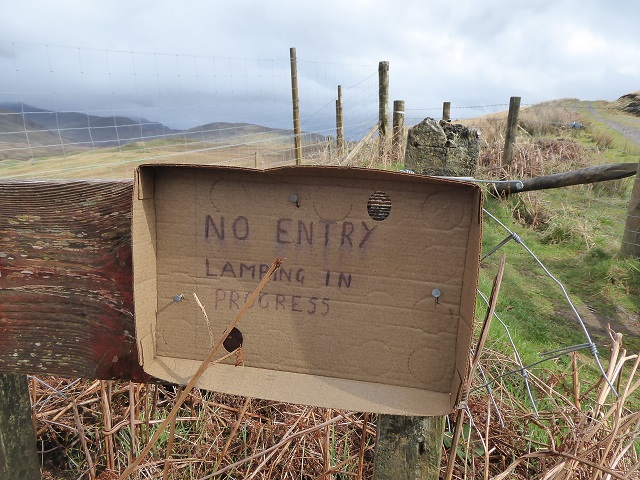
I have been too occupied with other things in the last week to blog much but seen plenty to blog about. On Saturday I went for a run with my daughter from just south of Braeleny, on the Keltie Water, over to Uamh Bheag and Beinn Odhar – the site of the Doune windfarm – down into Glen Artney. From there we took the track back to Braeleny. Most of this area is just outwith the National Park boundary.
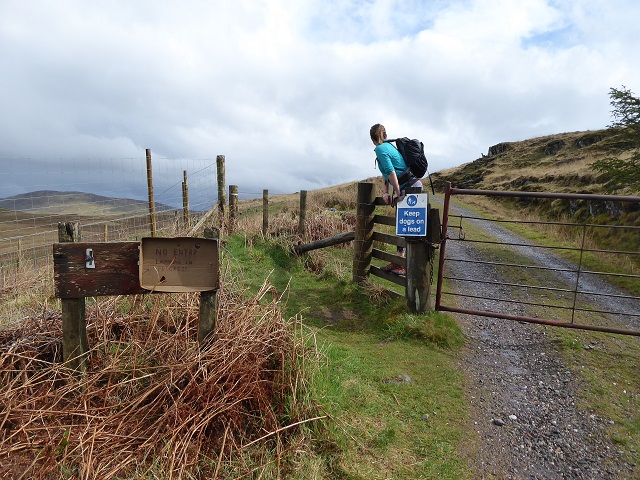
We were greeted by two signs. Under Access Rights you have the right to enter fields with animals and saying “No Entry”, whether or not, “Lambing is in Progress” is clearly contrary to this. The fact the sign is homemade and temporary makes it no less unlawful. Farmers and landowners have a responsibility under the Land Reform Act to facilitate access rights but far too many still do the opposite.
While the blue and white sign is about dogs, not people, telling people to Keep Dogs on a Lead, Full Stop, without any qualification is also contrary to the Scottish Outdoor Access Code. The SOAC advises people with dogs to keep them under close control at all times – not the same as being on a lead – and NOT to enter fields with young animals.
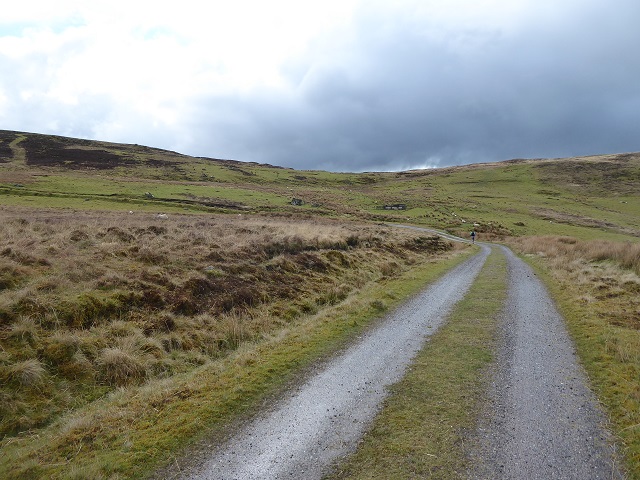
It turned out that round the corner there were sheep and lambs on the open hillside – not quite the same as a “field”. Asking people, in these circumstances, to keep their dog on a lead rather than stay away completely, is entirely reasonable. The blue and white sign would have been fine if it had indicated a time period for when people needed to keep dogs on leads or said something like “Beware, lambs ahead – please keep dogs on lead”.
While this land is outwith the National Park boundary, one might have hoped that the Loch Lomond and Trossachs National Park Authority would have influenced farmers and estate managers on both sides of the Keltie Burn. The reality, however, is that good practice is still absent from many places in the National Park. Many land managers in the National Park still either fail to understand – or think they can get away with – obstructing access rights 15 years after they were created by the Scottish Parliament
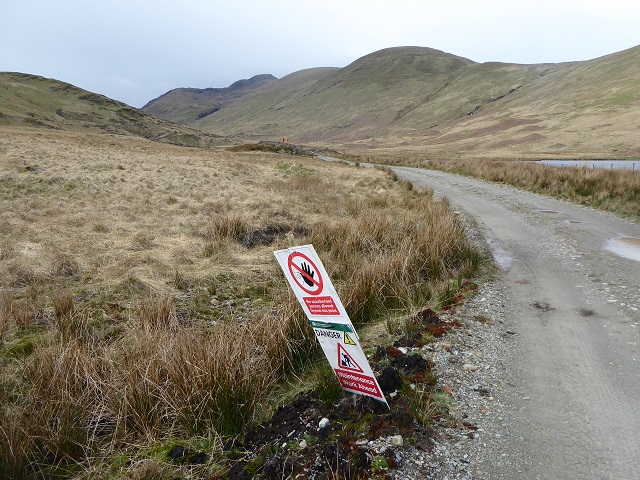
We came across an example about four kilometres north on the upper reaches of the Keltie by the former reservoir west of Arivurichardich. This land is within the National Park and owned by Drummond Estates, which generally has been one of the better estates in terms of access. The top sign had the Forestry Commission logo on it. These signs are usually used in forest plantations on tracks where felling is ACTUALLY taking place.
In this case the sign was located near the start of a new road which has been constructed by Drummond Estates. This, I discovered subsequently, has been granted planning permission by the LLTNPA (which will be subject of another post). No construction was taking place at the time and had construction been taking place it would have been easy enough to avoid. The sign was therefore in contravention of access rights..
The question the LLTNPA Board and senior management need to answer is why they have not used their powers under the planning system to ensure all “forestry” signage is compatible with the SOAC? No wonder their Access Team is deluged with problems when other parts of the Park Authority are not insisting that landowners abide by the law.
Why Drummond Estates were using an FCS sign is unclear. They had placed their own warning sign further down the track towards Braeleny.
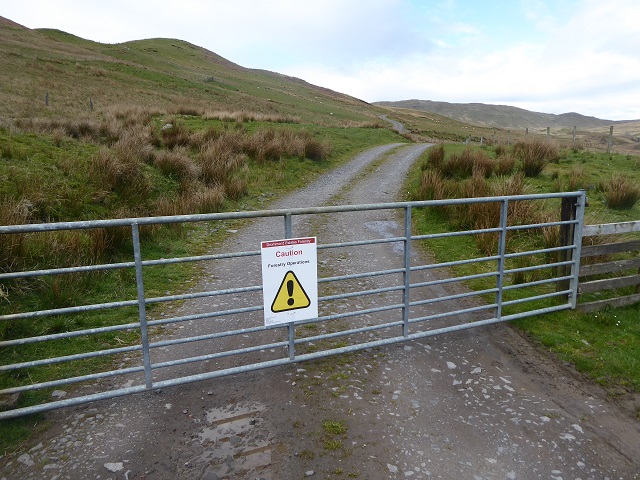 Their sign was quite compatible with access rights as its clearly just a warning to look out. Its not trying to deter access. Its hardly helpful, however. Its several kilometres from the “forestry” operations and gives the visitor no indication of how they might want to take account of them. A map would be a lot more helpful.
Their sign was quite compatible with access rights as its clearly just a warning to look out. Its not trying to deter access. Its hardly helpful, however. Its several kilometres from the “forestry” operations and gives the visitor no indication of how they might want to take account of them. A map would be a lot more helpful.
The LLTNPA could be using the planning system, as they have done so with hydro scheme construction, and their Ranger Service to ensure access rights are embedded in the practices of land managers. Its time that they did so. That would help the struggle for access rights not just within the National Park but outside its boundary.

Not suggesting that it makes any difference to your commentary on this, your points remain entirely valid, but that sign appears to say ‘lamping’ rather than ‘lambing’. If it really does say that, then it makes even less sense. Lamping, by definition, happens in the dark, so daytime access is irrelevant. And who is going to spot a brown, hand-written sign at night?